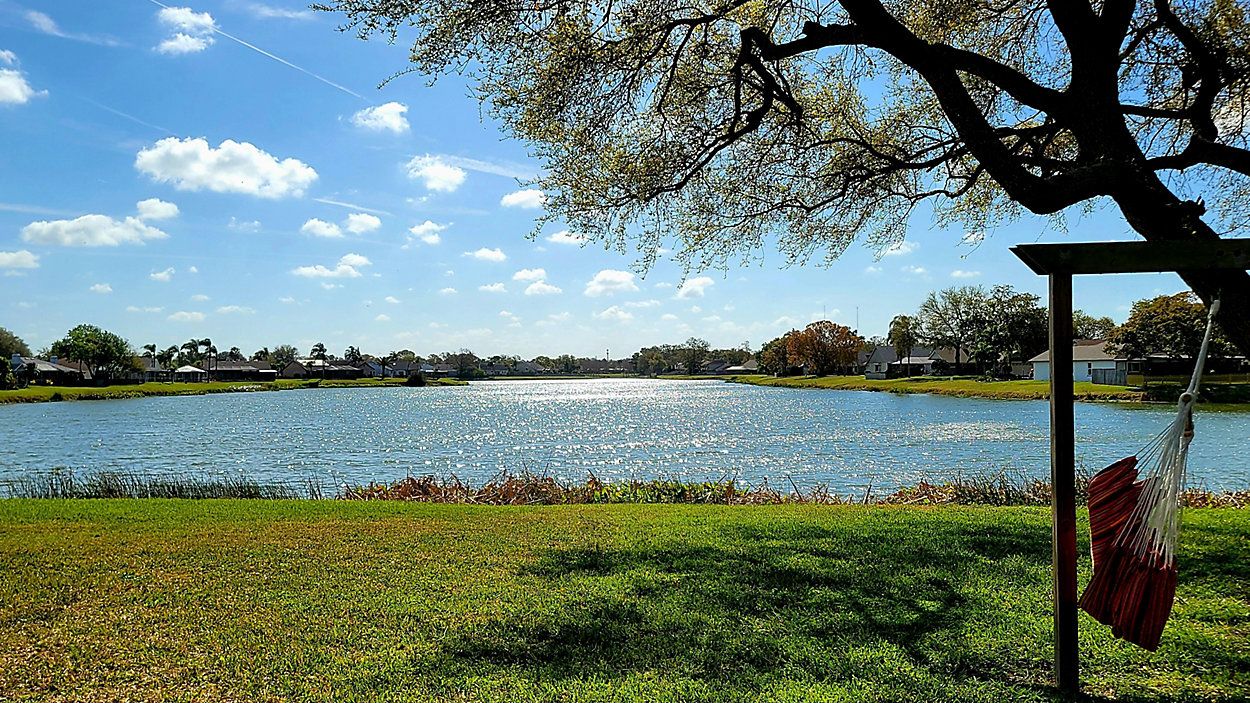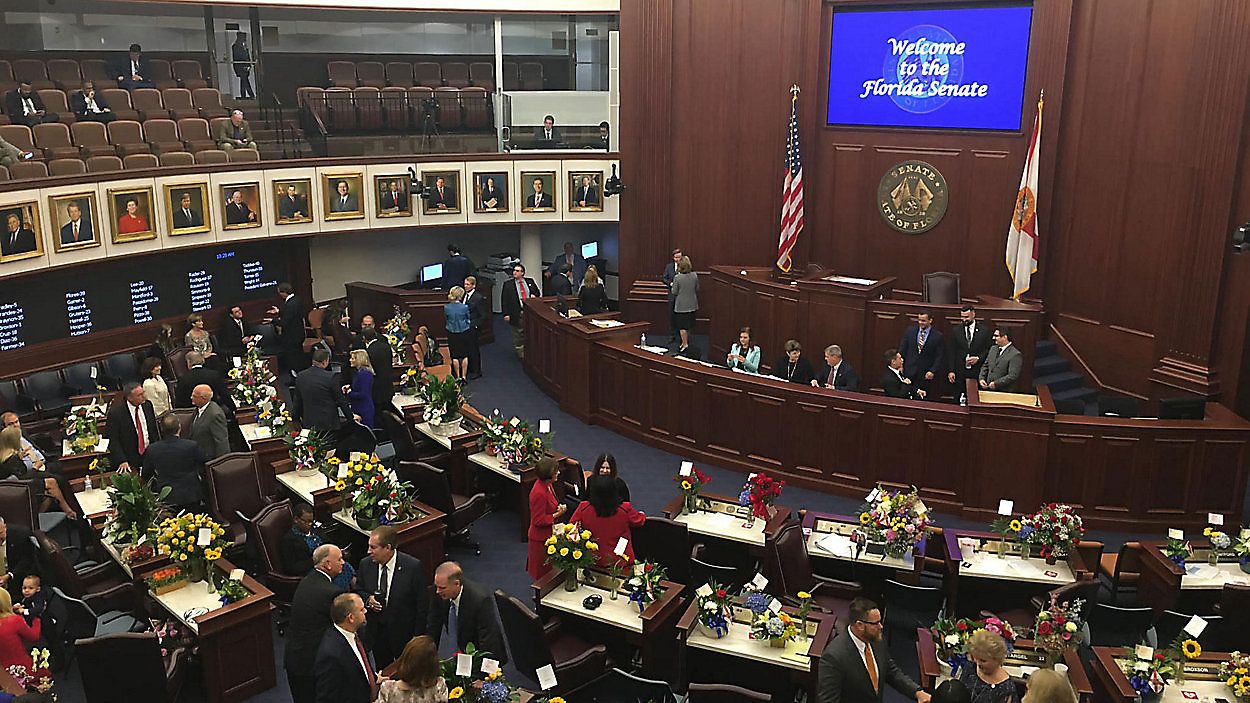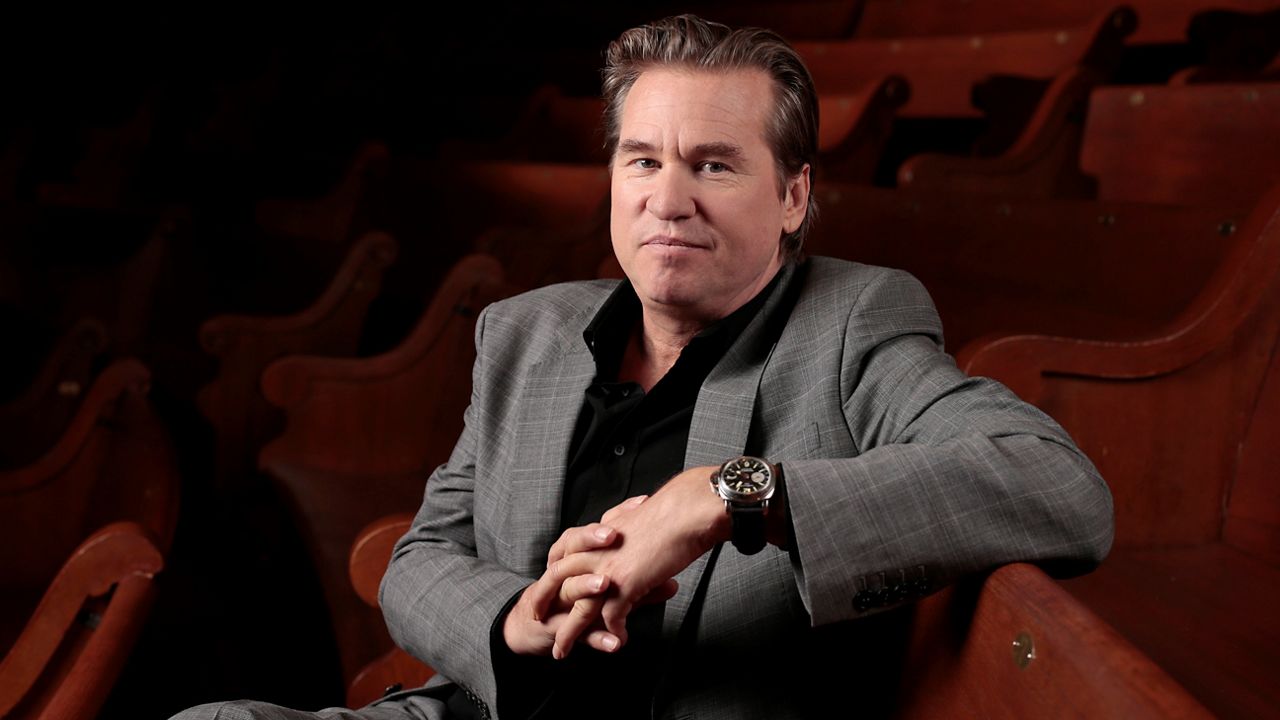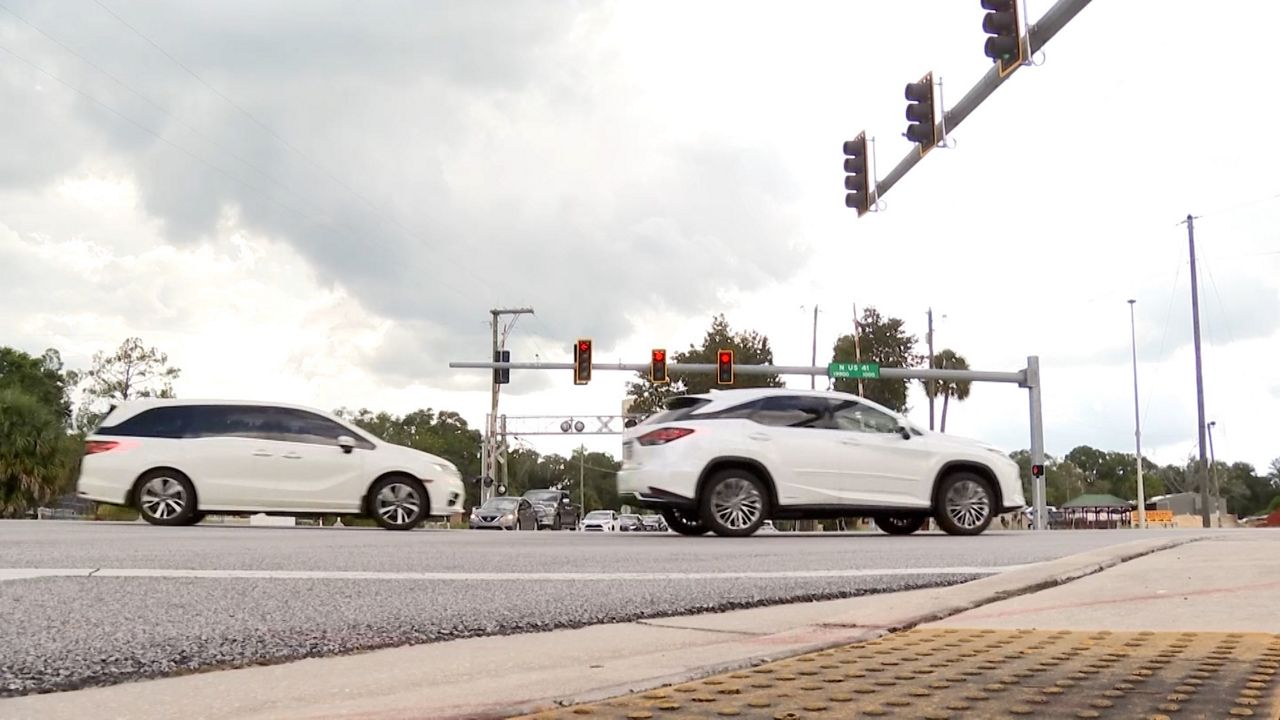ST. PETERSBURG, Fla. — City leaders on Thursday went into further details on their development plan for the Gas Plant District that will surround a proposed new stadium for the Tampa Bay Rays.
What You Need To Know
- City leaders met Thursday to discuss the latest redevelopment plans for the Gas Plant District/Rays stadium
- It was the most comprehensive look yet at the 86-acre plans for the Gas Plant District to surround a new stadium
- BACKGROUND: Tropicana Field redevelopment stories
- PREVIOUS STORY: 'Major League Baseball is here to stay': Rays announce new stadium
- BY THE NUMBERS: Project details, ballpark plans on MLB's website
- PDF: Hines + Tampa Bay Rays Stadium Presentation
- PDF: Q&A For the Historic Gas Plant District
During a meeting that lasted throughout the day, council members asked more questions about the plans listed in a 184-page document before their final vote.
In addition to the ballpark, plans include new affordable housing, a Black history museum, a hotel and office and retail space.
Council members have had two weeks to review the agreement. While they have applauded some aspects of the plan, they pressed the Rays and Hines Developers on issues like affordable housing and land ownership.
The Hines-Rays team showed new renderings Thursday of where they hope locals will live, work and play.
The agreement has economic equity and inclusion, which has been important to Mayor Ken Welch. Rays-Hines will invest $50 million in the Woodson African American Museum, minority business development and workforce training.
“Like many, including Miss Gwen Reese and many Gas Plant descendants, we have lived this journey, many longer than I have," Welch said.
"And having lived this experience, I believe the set of agreements that we have developed with your input and community engagement are the key to completing this journey in a manner that is fiscally responsible, equitable and honors the promises of jobs and economic opportunity made by the leadership of our city.”
The site plan also addresses the need for housing, including 5,400 residential units, 600 of which are for seniors. About 1,250 units are affordable and workforce housing, and 600 units must be on site.
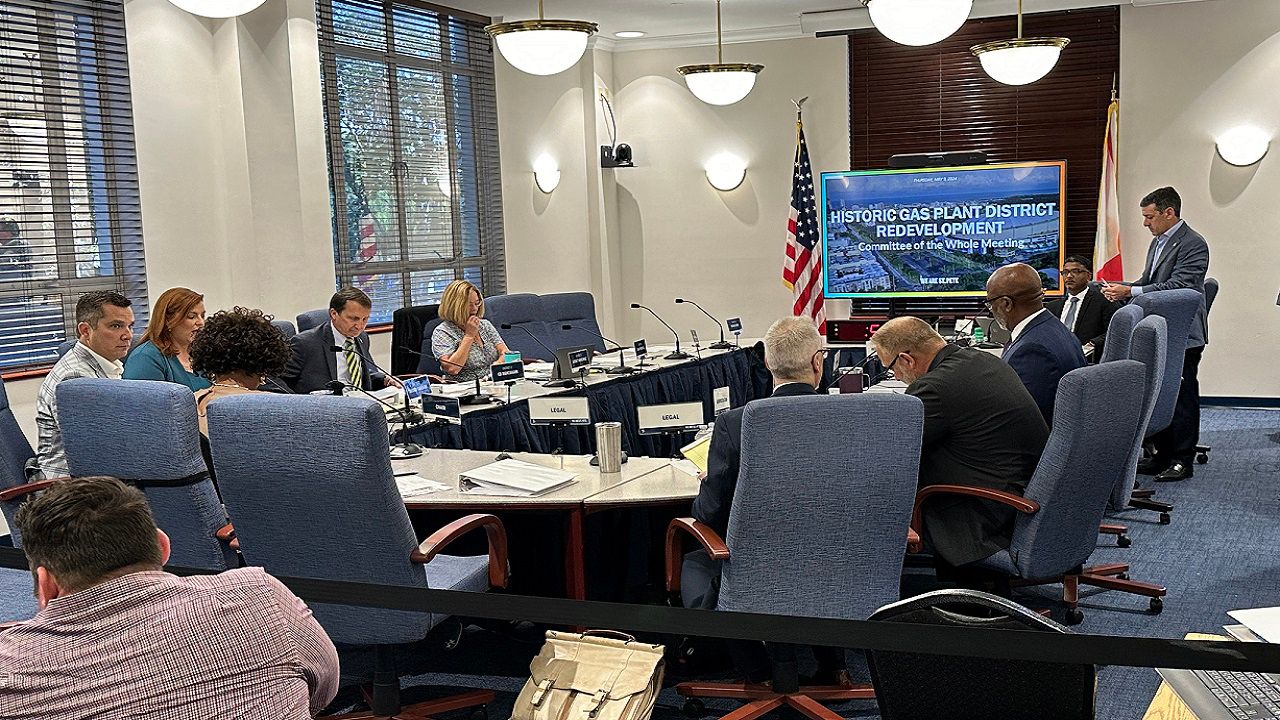
Council members raised concerns on whether those numbers were too low, and if enough subsidies were available for affordable housing.
“For clarification, we should anticipate after this is all finalized to have affordable housing deals brought to us that ask for more money in addition to what we already gave on this?" Councilman Richie Floyd asked.
When a Hines-Rays representative said, "That’s a possibility, yes," Floyd responded. "That's frustrating because it seems like this deal guarantees affordable housing, but from what I’m hearing, that is not the case."
Ensuring that a grocery store would be on site is also a concern, along with how land will be sold to other developers.
A group called No Home Run has rallied against the project. Founder Ron Diner said the city should start over with a new deal.
“This is the biggest deal the city is ever going to negotiate," Diner said.
In the plan released two weeks ago, Phase One of construction would break ground next spring and include an African American history museum, 1,500 residential units, a 500-room hotel, a medical office, stores, restaurants and conference space.
Future phases would include at least one daycare center, a library, 14-acres of open space, and more retail, offices and homes.
If the project moves forward, Hines-Rays plans to host two public town halls with the community each year.
Next Phase: A New Ballpark
The proposed 30,000-seat ballpark, which would open for the 2028 season, is a priority in the first phase of what ultimately is a $6.5 billion project.
The Rays’ financing plan calls for the city to spend $417.5 million, including $287.5 million for the ballpark itself and $130 million in infrastructure for the larger redevelopment project that would include such infrastructure as sewage, traffic signals and roads. The city envisions no new or increased taxes.
Pinellas County, meanwhile, would spend about $312.5 million for its share of the ballpark costs. Officials said the county money will come from a bed tax largely funded by visitors that can be spent only on tourist-related and economic development expenses.
The Rays and Hines will be responsible for the remaining stadium costs — about $700 million — and any cost overruns during construction. The team would have naming rights to the ballpark, which could top $10 million a year.
Information from the Associated Press was used in this report.






